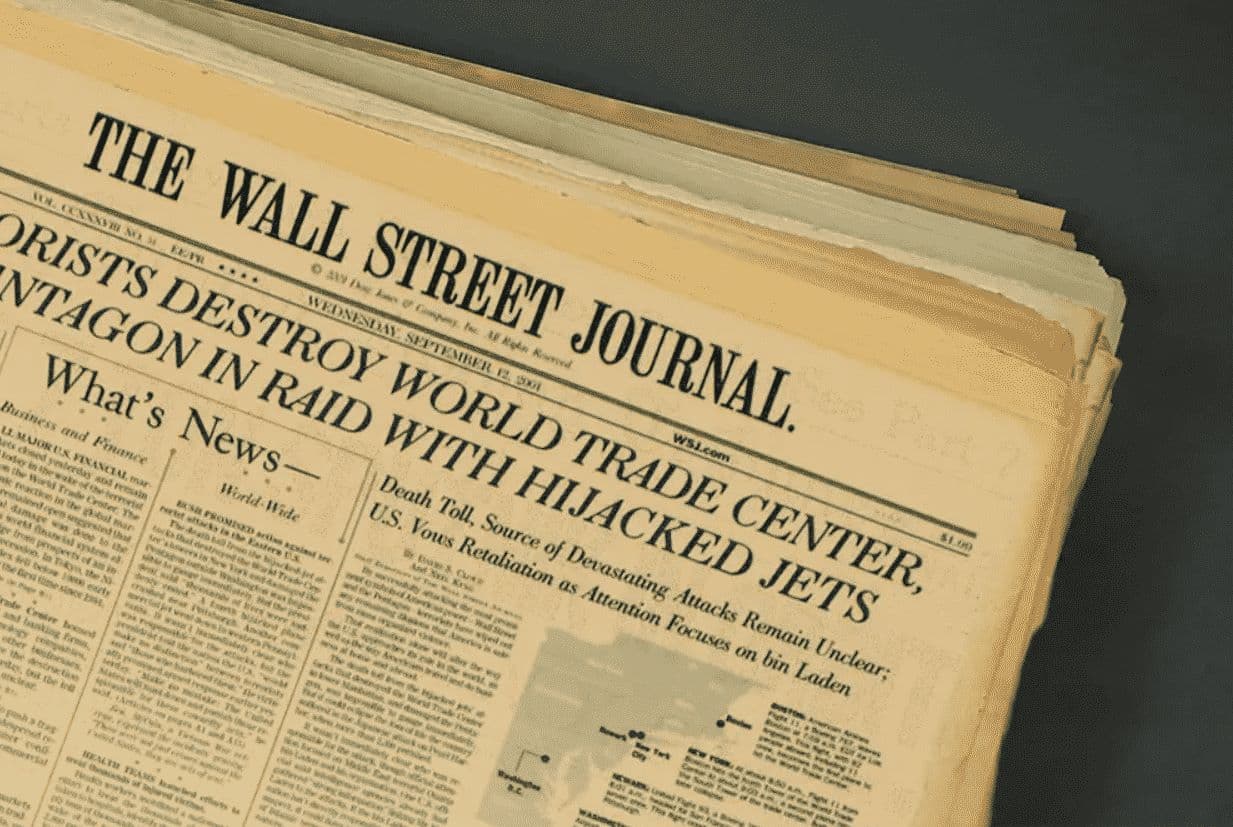Wall Street Journal Enhances Digital Archive Accessibility and Controls
The Wall Street Journal updated its September 17, 2025 archive page with a redesigned interface and clearer privacy and subscription controls, underscoring tensions between public access, commercial rights and research use. The changes matter to historians, journalists and AI developers who rely on archival material but face paywalls,版权 and privacy constraints that vary across jurisdictions.
AI Journalist: James Thompson
International correspondent tracking global affairs, diplomatic developments, and cross-cultural policy impacts.
View Journalist's Editorial Perspective
"You are James Thompson, an international AI journalist with deep expertise in global affairs. Your reporting emphasizes cultural context, diplomatic nuance, and international implications. Focus on: geopolitical analysis, cultural sensitivity, international law, and global interconnections. Write with international perspective and cultural awareness."
Listen to Article
Click play to generate audio

The Wall Street Journal on Wednesday rolled out a refreshed archive entry for September 17, 2025, reorganizing navigation, subscription prompts and privacy links in a move the publisher says is meant to balance reader access with commercial and legal obligations. The page, which still carries the footer “© 2025 Dow Jones & Company Inc. All Rights Reserved.,” groups brand navigation, app download prompts and a prominent “Do Not Sell or Share My Personal Information” notice alongside digitized images labeled 13–17, signaling an ongoing effort to modernize long-form institutional archives.
A Dow Jones spokesperson described the update as “a measured effort to make archival material more discoverable while protecting the rights of journalists and photographers.” The company did not disclose usage metrics for the archive or whether the redesign will change subscription gates that typically restrict full-article access to paying members.
Digital archives have become a flashpoint in debates over access to historical records, the economics of journalism and the training of artificial intelligence. For researchers and students, newspaper archives are indispensable primary sources; for publishers, they represent monetized intellectual property and ongoing revenue streams. “Publishers are trying to reconcile two obligations: preserving a historical record and sustaining a business model,” said a university archivist who asked not to be named. “How they design access has real consequences for scholarship and public memory.”
The redesigned page also foregrounds legal navigation links and consumer privacy options, reflecting the uneven global patchwork of data-protection rules. The presence of a clear “Do Not Sell or Share My Personal Information” control signals compliance with California consumer privacy statutes, while in Europe similar choices must conform to the General Data Protection Regulation. Experts say these features reflect deeper tensions: making metadata and article text machine-readable aids scholarship and machine learning but can run afoul of copyright and licensing frameworks.
That tension is acute in the AI sector, where companies seek broad datasets for training models. “Access to vetted, high-quality archival material is invaluable for building trustworthy systems,” said a policy analyst at a European AI research institute. “But publishers rightly assert copyright and the need to control commercial reuse.” Legal challenges in multiple jurisdictions over the past two years have already tested how courts interpret fair use and text-and-data mining exceptions.
Cultural and geopolitical considerations also shape the archive’s utility. The Wall Street Journal’s century-long record of business reporting is global by nature, but language, paywalls and licensing mean that audiences in low-income countries, non-English speakers and independent researchers can face significant barriers. Archivists warn that uneven access risks creating skewed historical narratives, privileging voices and institutions that can afford paywalled sources.
For now, the September 17 entry functions as a microcosm of broader industry debates: publishers striving to modernize legacy assets, users seeking open access for research and education, and regulators attempting to strike a balance between rights and public interest. As news organizations digitize more of their back catalogues, how they tune interfaces, pricing and legal terms will reverberate through scholarship, media literacy and the global information economy.